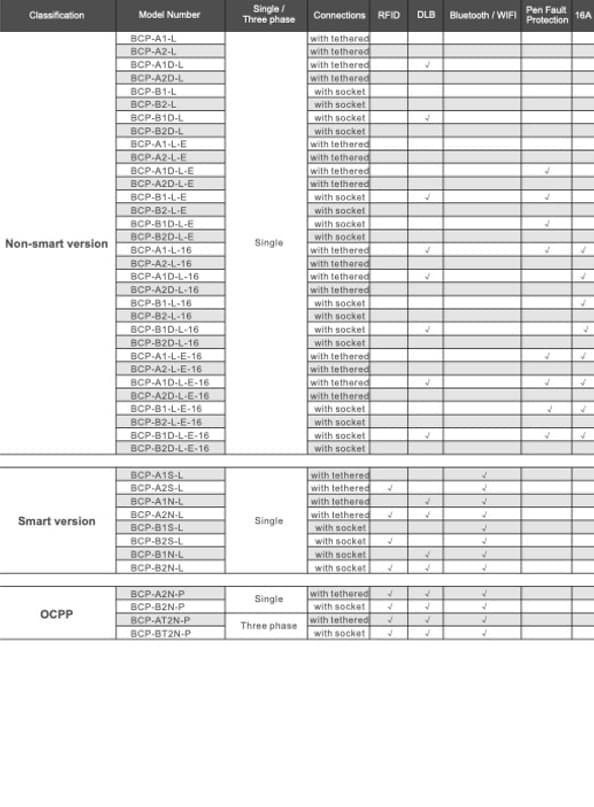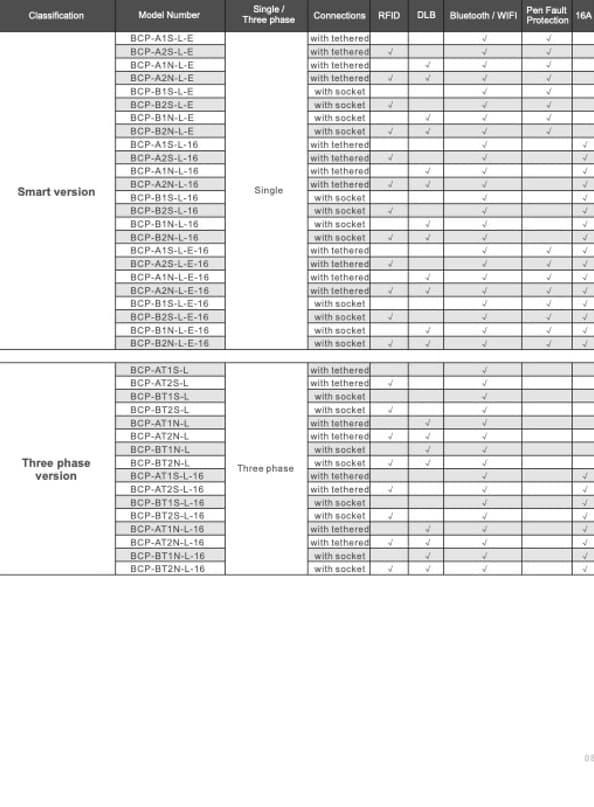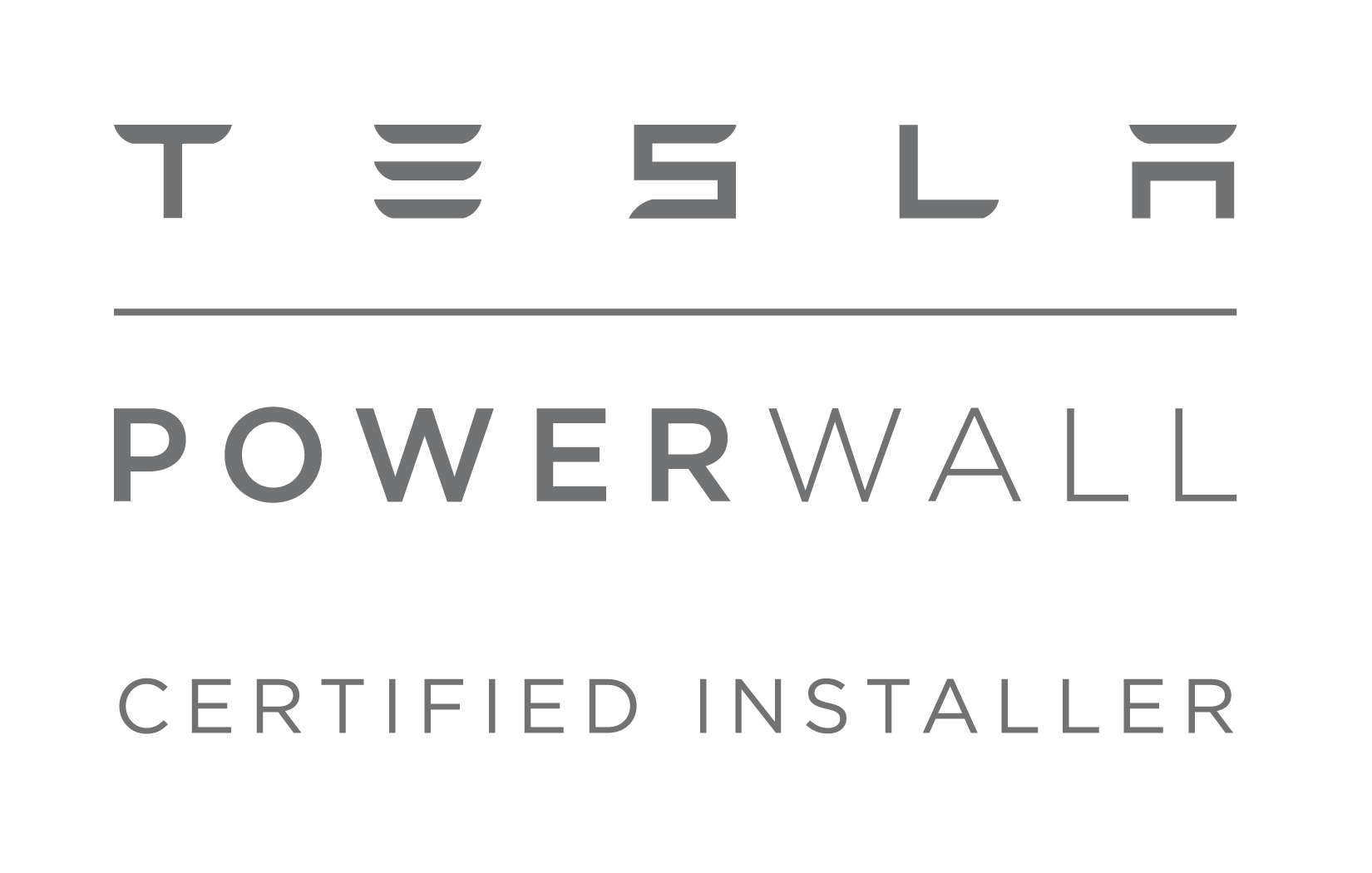Universal EV Chargers
Universal EV Chargers
Tesla EV Car Charging System
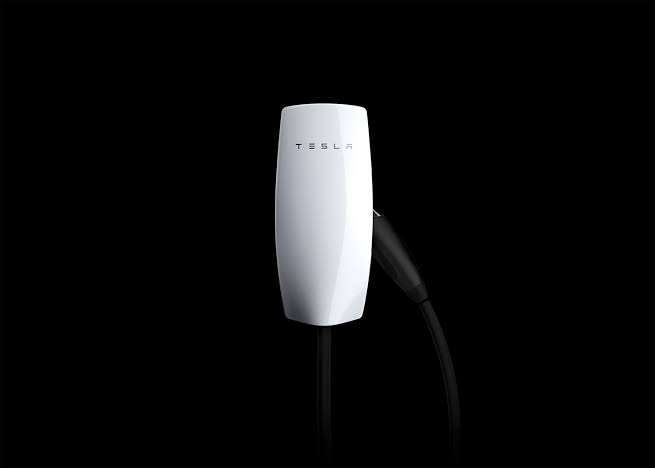
Gen 3 Wall Connector - 7.3m
Wall Connector is the most convenient charging solution for houses, apartments, hospitality properties and workplaces.
With up to 71 km of range added per hour of charging, multiple power settings, 7.3m length and a versatile indoor/outdoor design, Wall Connector provides unparalleled convenience.
Wall Connectors can power-share to maximize existing electrical capacity, automatically distributing power to charge multiple cars simultaneously.
Note: Gen 3 Wall Connector is compatible with both Single and Three Phase power. Please follow the instruction manual to set up according to the power supply at the place of installation.
Universal EV Charger

EV charger Selection Guide
BCP Series EV chargers have an lP65 patented design-case for outdoor and indoor use.
The type 2 (IEC 62196-2) charging connector makes highly flexible and compatible with all electric vehicles.
Plug and start to charge automatic. (RFID card for option)
The EV charger output power can be adjusted from 6A all the way up to 32A.
Charging protocol OCPP1.6J is optional.
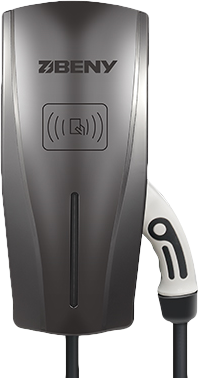
Three phase EV charger model
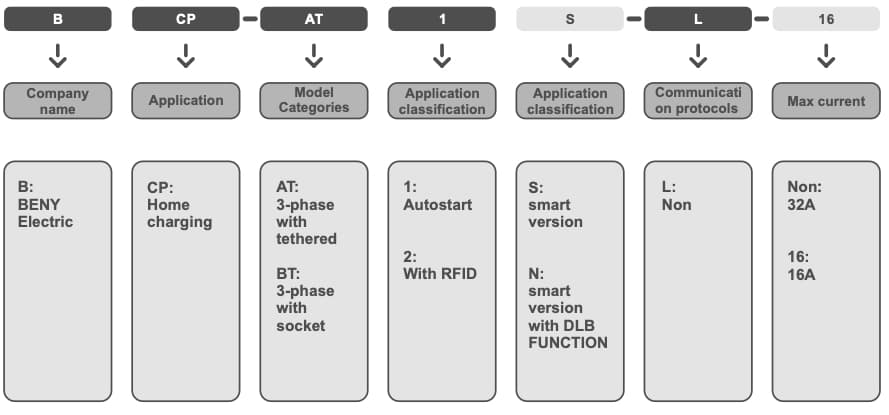
Single phase model (PEN function is only for UKCA certificate)

Functions Explain
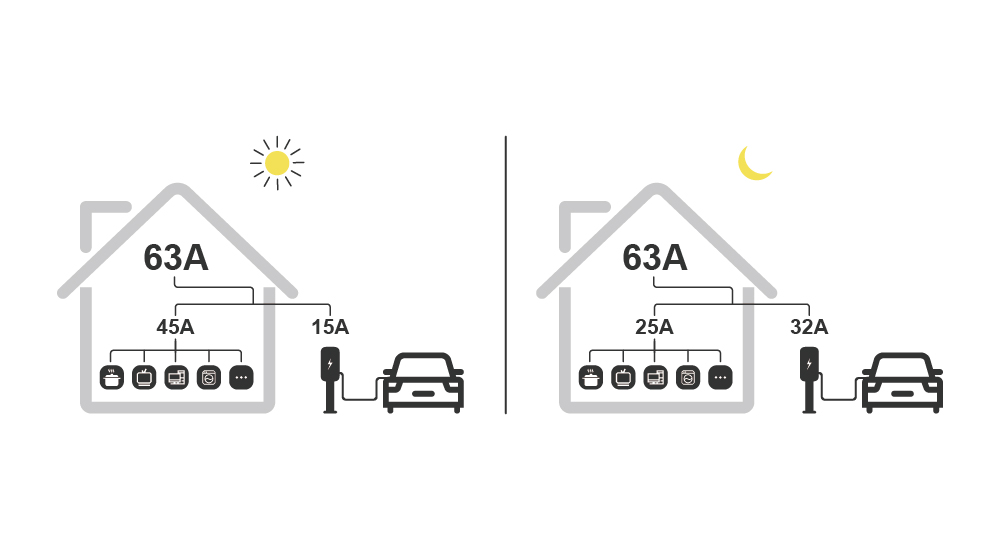
Dynamic Load Balancing
DLB (Dynamic Load Balancing) is available in the BCP series AC EV Charger for home use, when the EV charger is working with other household appliances at the same time, the DLB box can maintain the dynamic balance of the total household current and ensure the safety of electricity to avoid home over load.
Set the Max current value of the main line on the DLB box. The charger will read this current value and automatically adjust the charging current (6A-32A) according to the idle load quota, so that the total household current will not be overloaded due to charging. This function can effectively use the power supply without providing additional power for the charging or home line update.
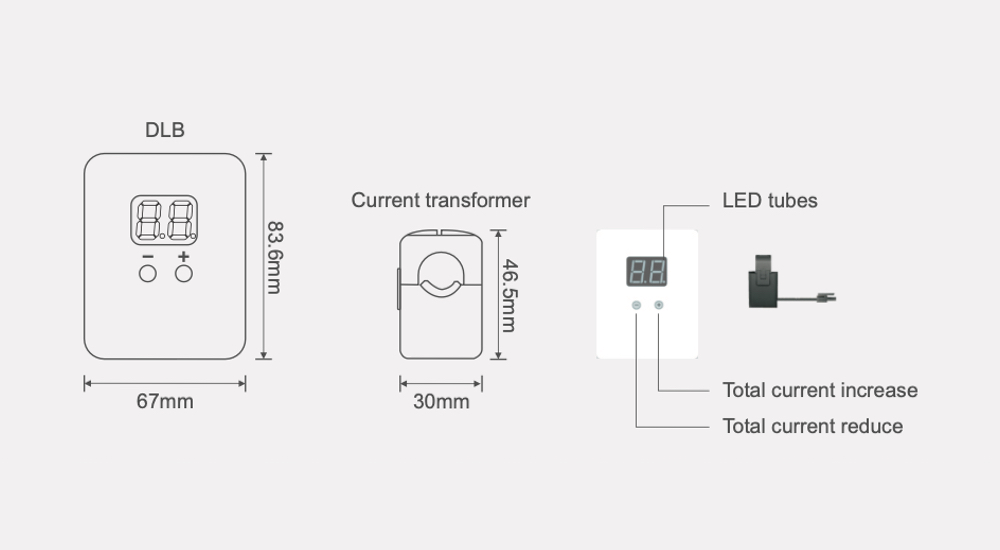
RFID(Radio Frequency identification Card)
RFID card reader enabled to start up charging function while approaching the swipe area.
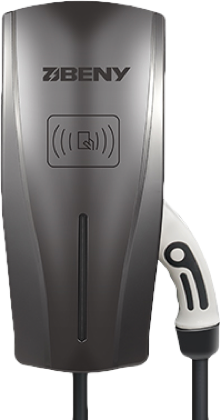
PEN Fault Detection
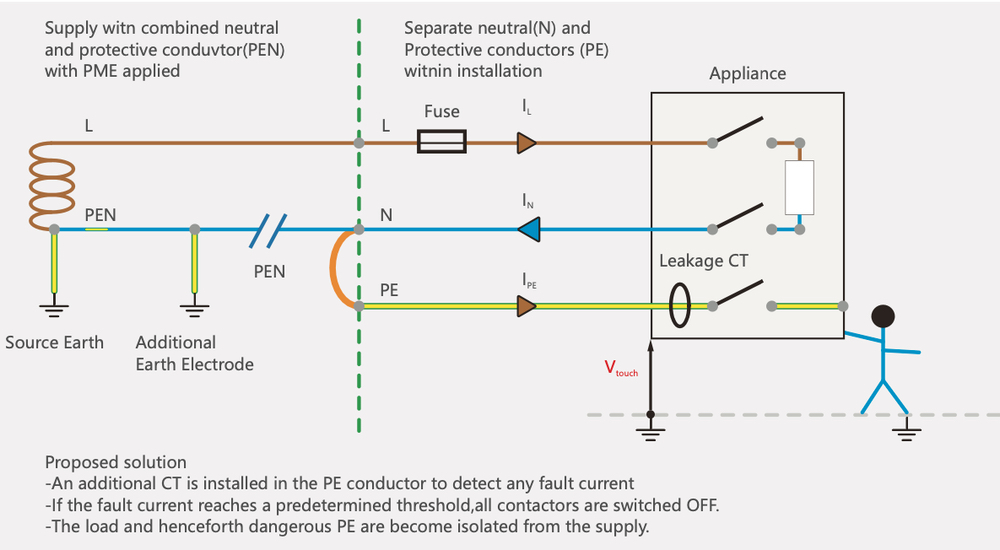
For TN-C-S systems without grounding at the user's end (as shown above), when the PEN line to the household is cut off due to a line fault and the rear end of the PEN line is in suspension without repeated grounding, and the distribution box RCD is not working properly at this time, the voltage of the protective ground PE is equal to the voltage of the fire line L. If not equipped with this protection,the shell of the EV in charging will be charged with a voltage equal to the fire line L voltage. If there are no other appliances except the EV charger, the leakage current will exceed 30mA and the person will not be able to disengage himself, which is a safety hazard; if there are even other appliances, the leakage current can easily exceed100mA, which is very fatal.
If the user uses a EV charger equipped with PEN protection as shown above (model with -E suffix), its internal design has a contactor to cut off the ground, once the PEN line is cut off, the contactor KM1 and KM2 immediately and automatically disconnected, there is only a weak leakage current between CP and PE to L line, its current value is less than 1mA, which is the smallest perceived leakage current of the human body, people can disengage themselves, no safety risks.
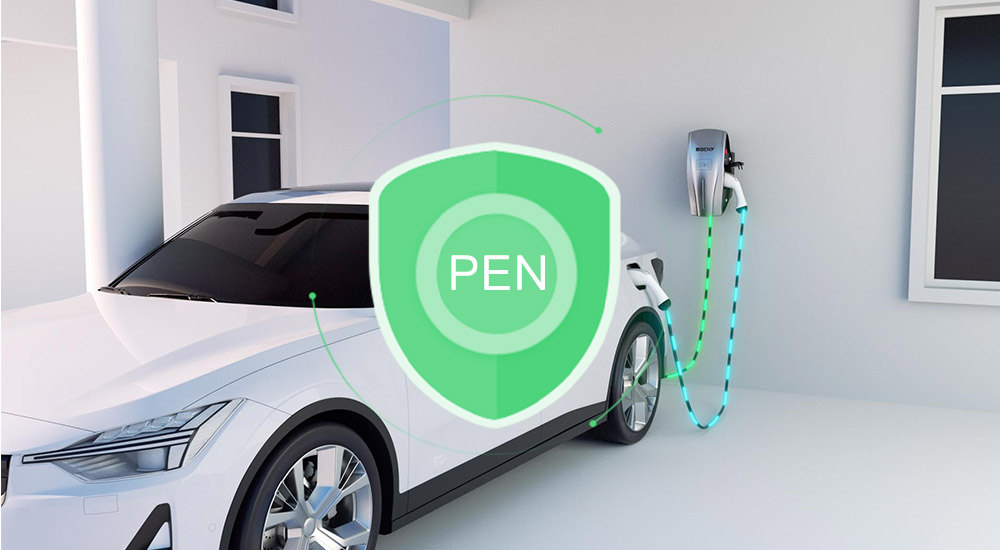
Smart APP
- The EV charger can be controlled by smart APP via WIFI or bluetooth connection:
- One to one binding EV charger by reset the password, prevent the EV charger being stolen
- View charging data and status;
- Set up various charging configurations,charging current,DLB mode,etc. Scheduled charging
- Firmware updates
SPECIFICATIONS
Electrical
Protection and certification
CE EMC EU/2014.CE Low Voltage EU/2014/35


